Bird feeding is more than just hanging a feeder and hoping for feathered visitors. Strategic placement can transform your backyard into a bustling avian hub or leave it disappointingly quiet. Even minor adjustments in feeder positioning can dramatically affect which birds visit, how often they come, and whether they stay safe from predators. For both novice and experienced bird enthusiasts, understanding the nuances of feeder placement unlocks a world of difference in your bird-watching experience. These seven carefully considered placement tips will help you create a bird-friendly environment that benefits both the wildlife you hope to attract and enhances your viewing pleasure.
The Window Collision Conundrum: Finding the Safe Zone
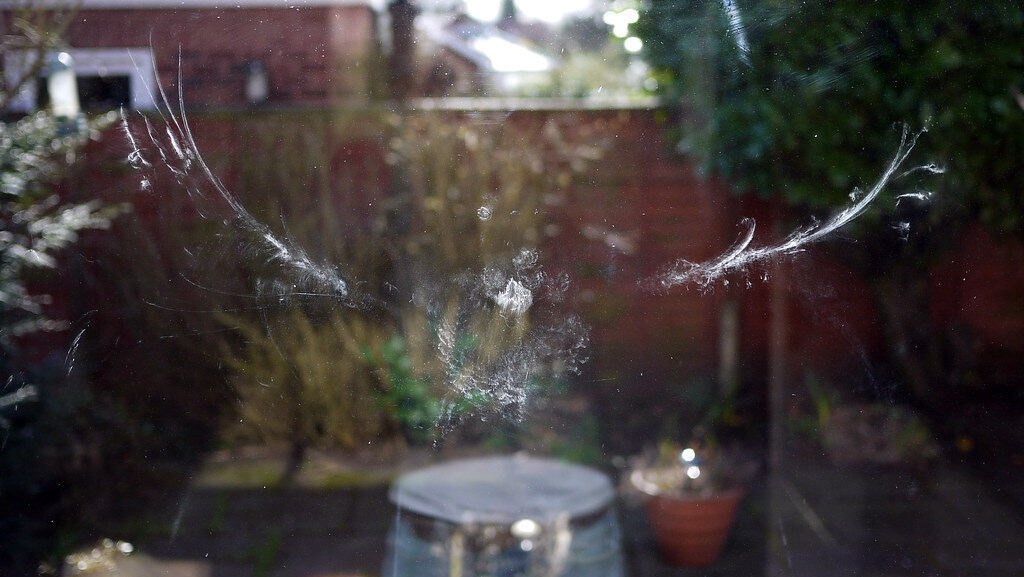
Window strikes kill millions of birds annually, making proper feeder distance from windows crucial for bird safety. Place feeders either within three feet of windows or more than ten feet away to minimize collision risks. When feeders are very close to windows, birds can’t build up enough speed to injure themselves if startled. At distances greater than ten feet, birds are more likely to recognize windows as barriers. Adding window decals or screens can provide additional visual cues that help birds identify glass surfaces. Remember that even a small adjustment in feeder placement relative to your windows can save countless bird lives while still allowing excellent viewing opportunities from inside your home.
Predator Protection: Strategic Placement for Bird Safety
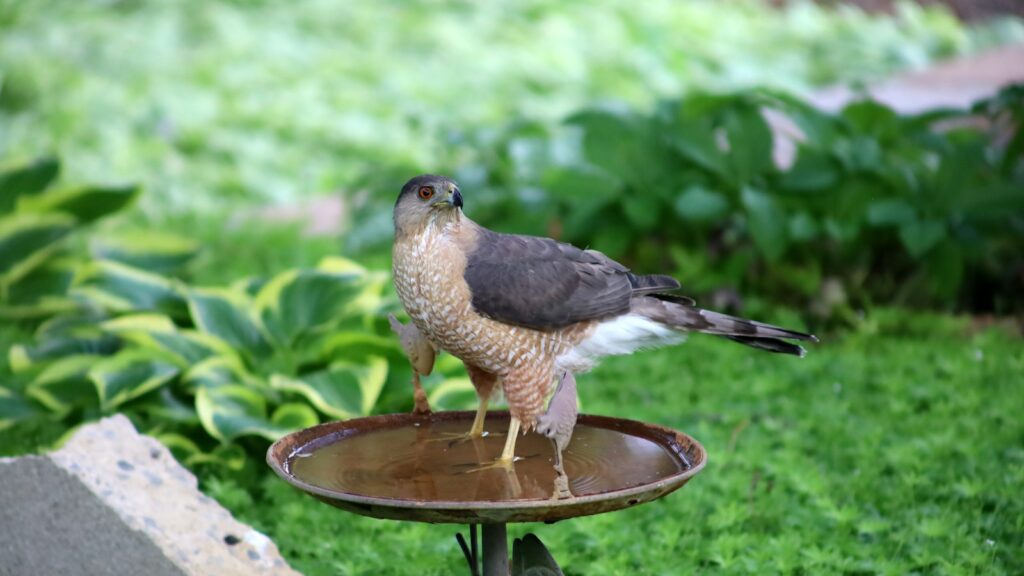
Birds are constantly vigilant for predators, and they won’t frequent feeders where they feel unsafe. Position your feeders at least 10-12 feet from dense shrubs or brush that could conceal stalking cats or other predators. However, ensure there is some protective cover within 15-20 feet where birds can quickly retreat if threatened. This balance provides birds with both feeding security and escape options. Consider using baffles above hanging feeders to deter squirrels and raccoons, and below pole-mounted feeders to prevent climbing predators. The ideal setup allows birds to monitor their surroundings while feeding, giving them confidence to return regularly to your feeders.
Height Matters: Optimal Elevation for Different Species
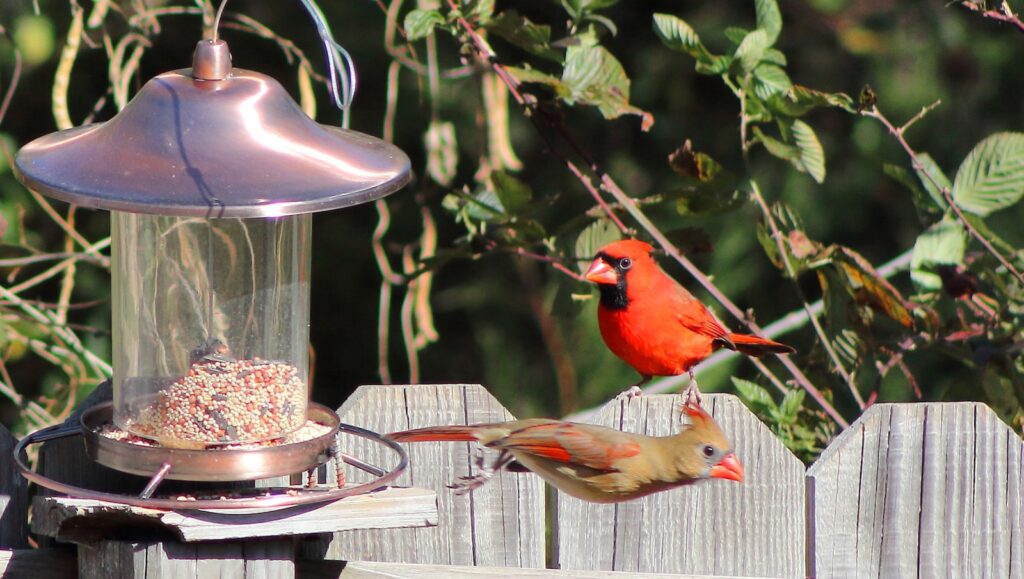
Different bird species prefer feeding at different heights, making elevation an important consideration for attracting diverse visitors. Ground-feeding birds like mourning doves, juncos, and towhees prefer feeders placed 1-5 feet above ground. Cardinals, finches, and chickadees typically favor mid-level feeders positioned 5-8 feet high. Woodpeckers and other tree-dwelling species are more comfortable with feeders hung higher, around 8-15 feet from the ground. By varying the heights of multiple feeders, you create a more natural feeding environment that accommodates various species’ preferences. Consider the natural feeding habits of your target birds and try to mimic those conditions with your feeder placement for best results.
Weather Considerations: Providing Shelter from the Elements
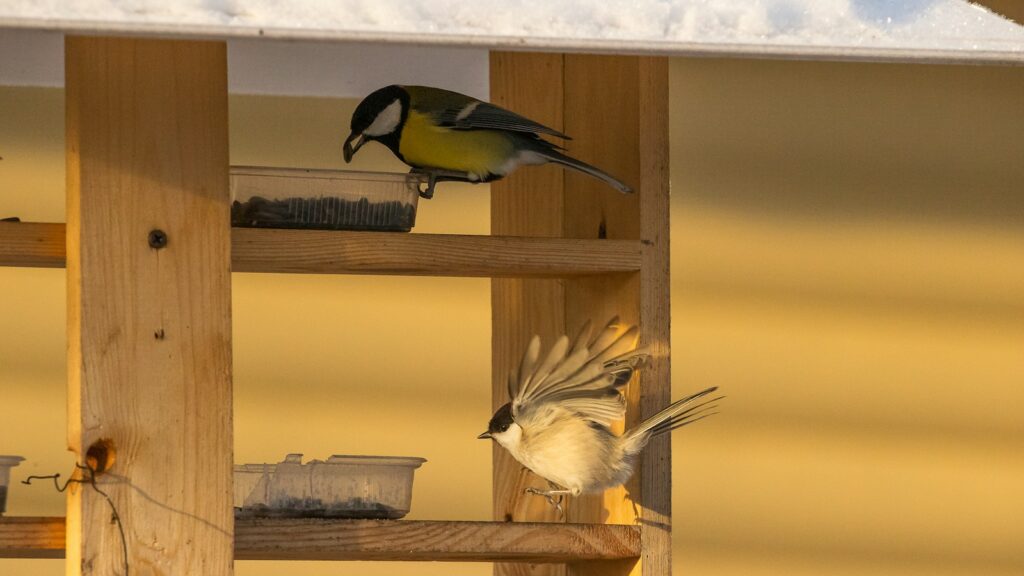
Birds need protection from harsh weather conditions, particularly in extreme seasons. Position feeders where they’ll be sheltered from strong winds, particularly during winter months when wind chill factors can stress birds. Eastern or southeastern exposures often provide morning sun and afternoon shade, creating ideal microclimate conditions. During summer, ensure some feeders are placed in shaded areas to keep seed from spoiling quickly in hot weather. Consider using covered feeders in rainy regions to keep seed dry and prevent mold growth that can harm birds. Seasonal adjustments to feeder locations can dramatically improve bird comfort and visitation rates throughout the year.
Spatial Distribution: Creating a Bird-Friendly Layout
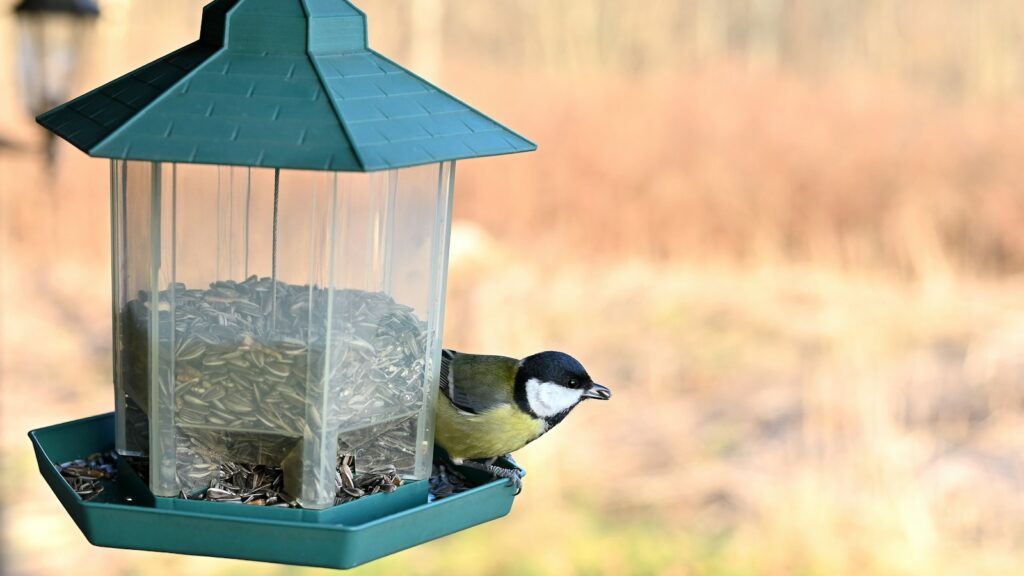
Birds of different species have varying comfort levels with proximity to others while feeding. Spacing multiple feeders at least 3-4 feet apart reduces competition and allows more timid species to feed without harassment from more aggressive birds. Consider creating feeding stations in different parts of your yard rather than clustering all feeders in one location. This distribution prevents dominant species from monopolizing resources and encourages greater biodiversity. Some birds, like chickadees and titmice, prefer feeding away from the fray, while others like house finches may feed comfortably in groups. Thoughtful spatial arrangement accommodates these social differences and creates a more harmonious feeding environment for all visitors.
Visibility Factors: Placement for Your Viewing Pleasure
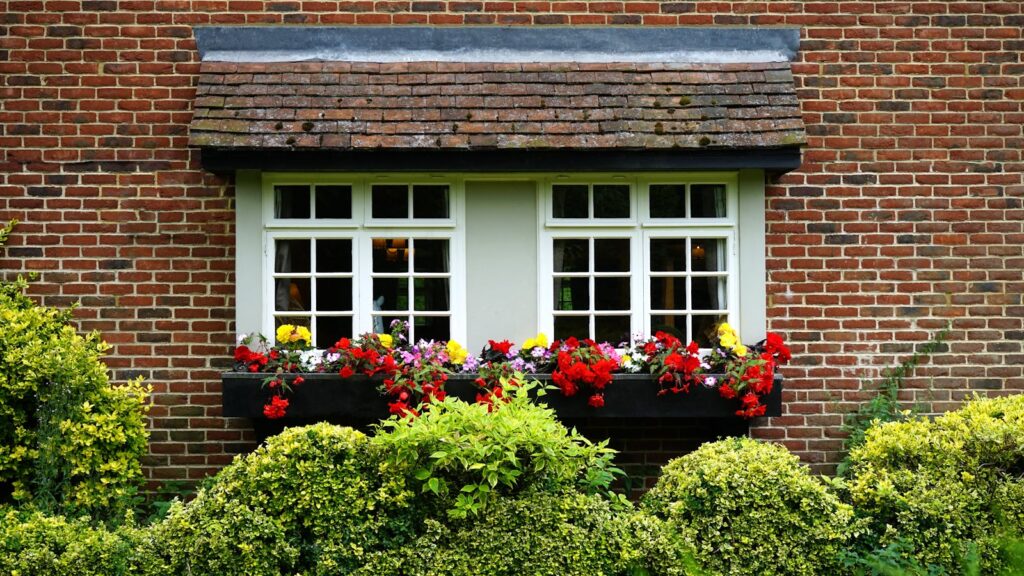
While bird welfare should be the primary concern, feeder placement should also enhance your bird watching experience. Position at least some feeders where they’re easily visible from your favorite indoor viewing spots, such as kitchen windows or comfortable seating areas. Consider line of sight through different windows and from various rooms to maximize viewing opportunities throughout your home. Morning light positions can dramatically affect visibility, so eastern exposures often provide beautiful illumination of feeding birds. Test different locations before permanently mounting feeders, perhaps using temporary hooks or stands to evaluate the viewing quality. With careful planning, you can create feeding stations that serve both birds’ needs and your desire to observe them.
Maintenance Accessibility: The Often Overlooked Factor
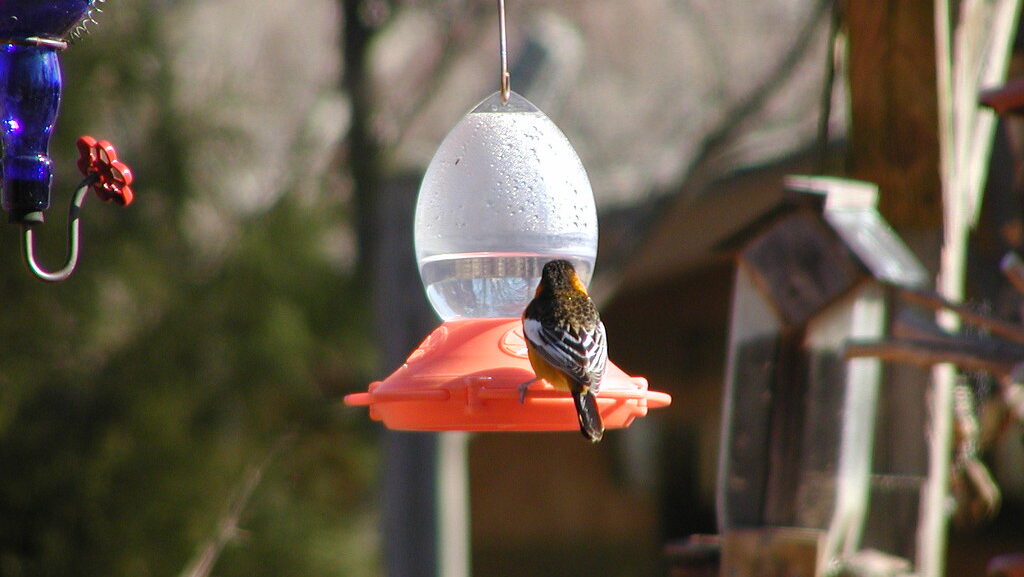
Even perfectly positioned feeders require regular maintenance, making accessibility an essential consideration. Place feeders where you can easily reach them for cleaning and refilling, particularly during inclement weather when outdoor tasks become more challenging. Avoid positions requiring ladders or difficult reaches that might discourage regular maintenance. Consider proximity to water sources for cleaning and to storage areas for seed to minimize the effort required for upkeep. Feeders should be cleaned every two weeks (more often in humid weather) to prevent disease transmission among birds, so convenient access significantly impacts whether this crucial maintenance actually occurs. A well-maintained feeder in a slightly less optimal position is far better for birds than a perfectly positioned but neglected one.
Noise and Disturbance: Creating a Peaceful Feeding Environment
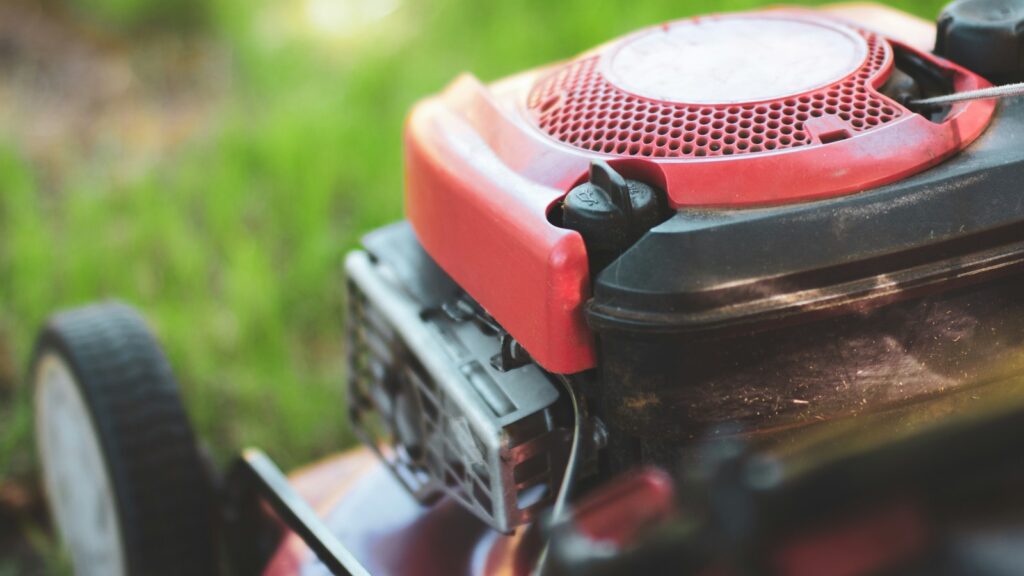
Birds are sensitive to disruptions and may avoid otherwise perfect feeding locations if they experience frequent disturbances. Position feeders away from high-traffic areas in your yard, noisy air conditioning units, or locations where children and pets play regularly. Consider the impact of routine activities like lawn mowing or landscaping work when selecting permanent feeder locations. Many birds will become accustomed to predictable human movements but remain wary of sudden or irregular disturbances. Morning feeding times are particularly important to birds, so locations that remain peaceful during early hours will attract more consistent visitors. Creating tranquil feeding zones significantly improves your chances of attracting a diverse bird population.
Proximity to Natural Food Sources: Complementing the Ecosystem
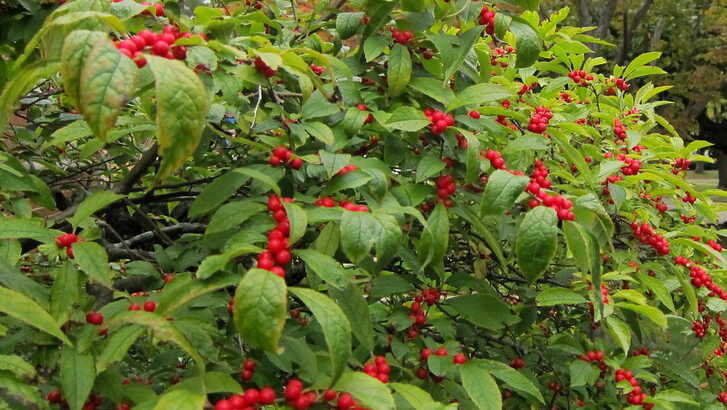
Feeders placed near natural food sources like seed-bearing plants, fruit trees, or berry bushes create a more holistic feeding environment. This proximity allows birds to supplement their natural foraging with feeder offerings, creating a more sustainable approach to bird feeding. Native plants that produce seeds, berries, or attract insects provide essential nutrition that commercial bird food alone cannot offer. Consider your garden planning and feeder placement as complementary aspects of habitat creation rather than separate activities. Birds that discover your feeders while foraging naturally are more likely to become regular visitors. This integrated approach supports more diverse feeding behaviors and attracts a wider variety of species to your yard.
Seasonal Adjustments: Adapting Placement Throughout the Year
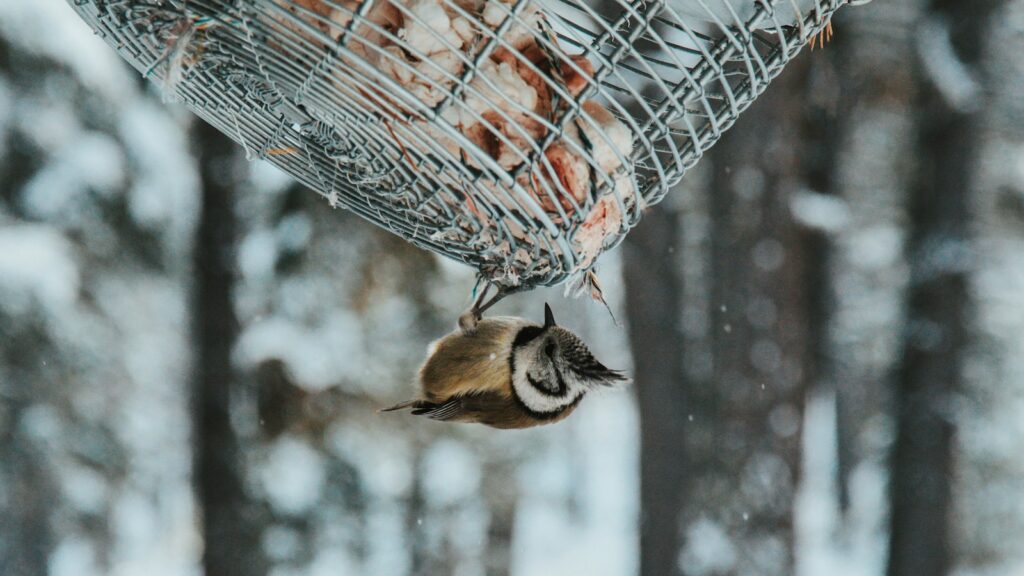
Bird populations, behaviors, and needs shift with the seasons, making periodic feeder relocation beneficial. During migration periods, increased visibility from open areas may help traveling birds locate your feeders. Winter feeding stations benefit from southern exposures that maximize warming sunlight and protect from prevailing winds. Summer feeding locations should prioritize shade to prevent seed spoilage and provide heat relief for visiting birds. Consider how foliage changes throughout the year affect visibility, protection, and microclimate around your feeders. These seasonal adjustments need not be dramatic—even shifting feeders a few feet can significantly improve their effectiveness as conditions change. Responsive placement demonstrates a deeper understanding of birds’ changing needs throughout the annual cycle.
Multiple Feeder Types: Creating Diverse Feeding Stations
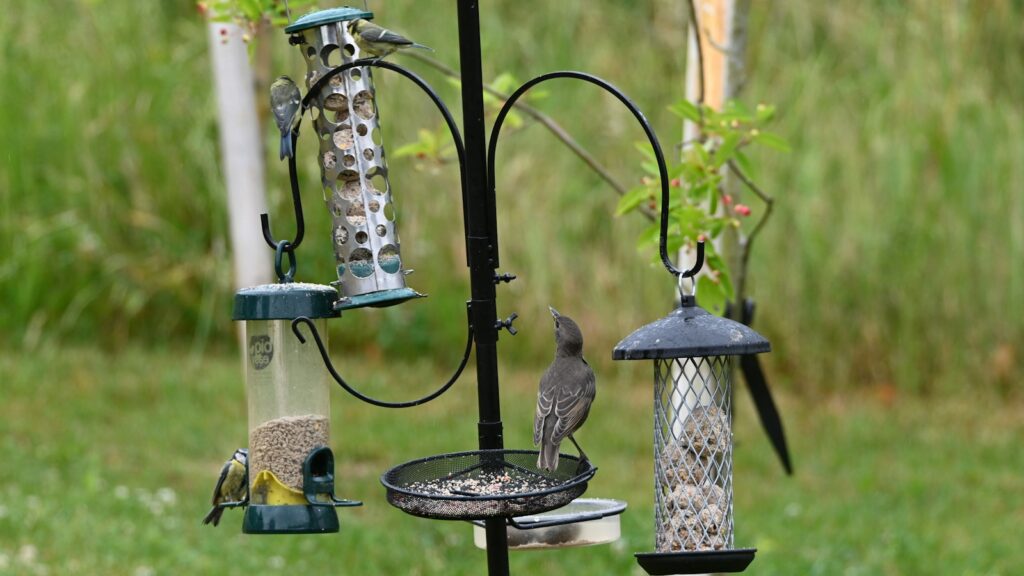
Different feeder styles attract different species, making variety an important element in placement strategy. Platform feeders serve ground-feeding birds and should be positioned accordingly, while tube feeders appeal to perching birds and work well at middle heights. Suet feeders attract woodpeckers and are best attached to trees or poles at heights of 5-10 feet. Consider creating feeding zones with complementary feeder types grouped to serve different bird communities. This diversity not only attracts more species but also disperses feeding activity across your yard, reducing concentration and competition. Position specialized feeders with their target species in mind—hummingbird feeders in partially shaded areas near flowers, finch feeders near trees where these birds naturally gather, and mealworm feeders where insect-eating birds frequent.
Patience and Observation: The Key to Placement Perfection

The ultimate guide to ideal feeder placement comes from watching how birds respond to your initial positions. Set up feeders according to general guidelines, then observe carefully over several weeks to identify patterns in bird behavior. Note which species visit which feeders, times of highest activity, and any signs of stress or competition. Don’t hesitate to make minor adjustments based on these observations—moving a feeder even a few feet can dramatically change its attractiveness to certain species. Keep a simple journal of bird activity to help identify patterns that might not be immediately obvious. This observational approach transforms bird feeding from a passive activity into an interactive relationship with your backyard ecosystem, allowing you to continually refine your approach based on the specific birds in your area.
Conclusion
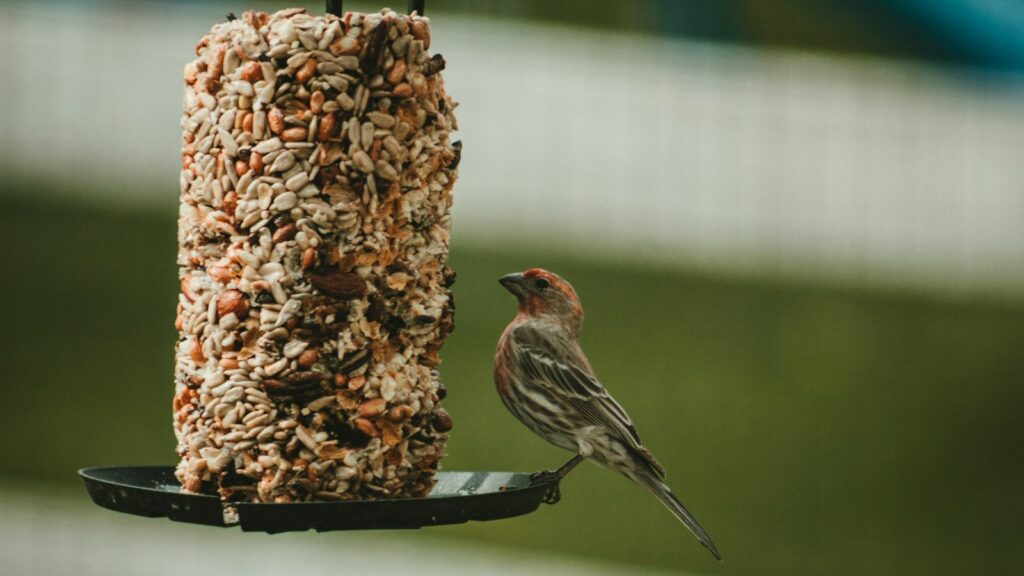
Thoughtful feeder placement represents one of the most impactful yet often overlooked aspects of successful bird feeding. These seven placement considerations—safety from collisions, predator protection, appropriate height, weather sheltering, spatial distribution, visibility for viewing, and maintenance accessibility—create the foundation for a bird-friendly environment that benefits both the birds and your enjoyment of them. Remember that even small adjustments can yield significant improvements in bird diversity and visitation frequency. As you implement these tips, you’ll not only attract more birds but also provide them with a safer, more supportive environment. The perfect feeder placement balances birds’ needs with practical considerations, creating harmony between human observers and their feathered visitors.
